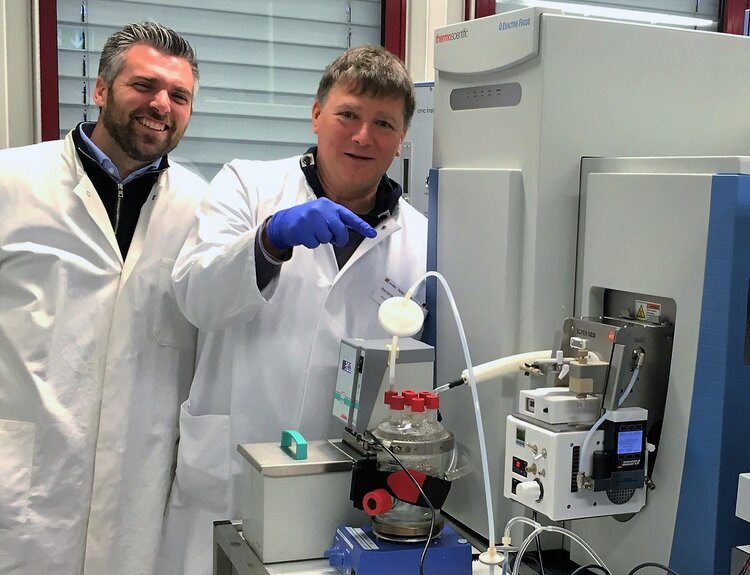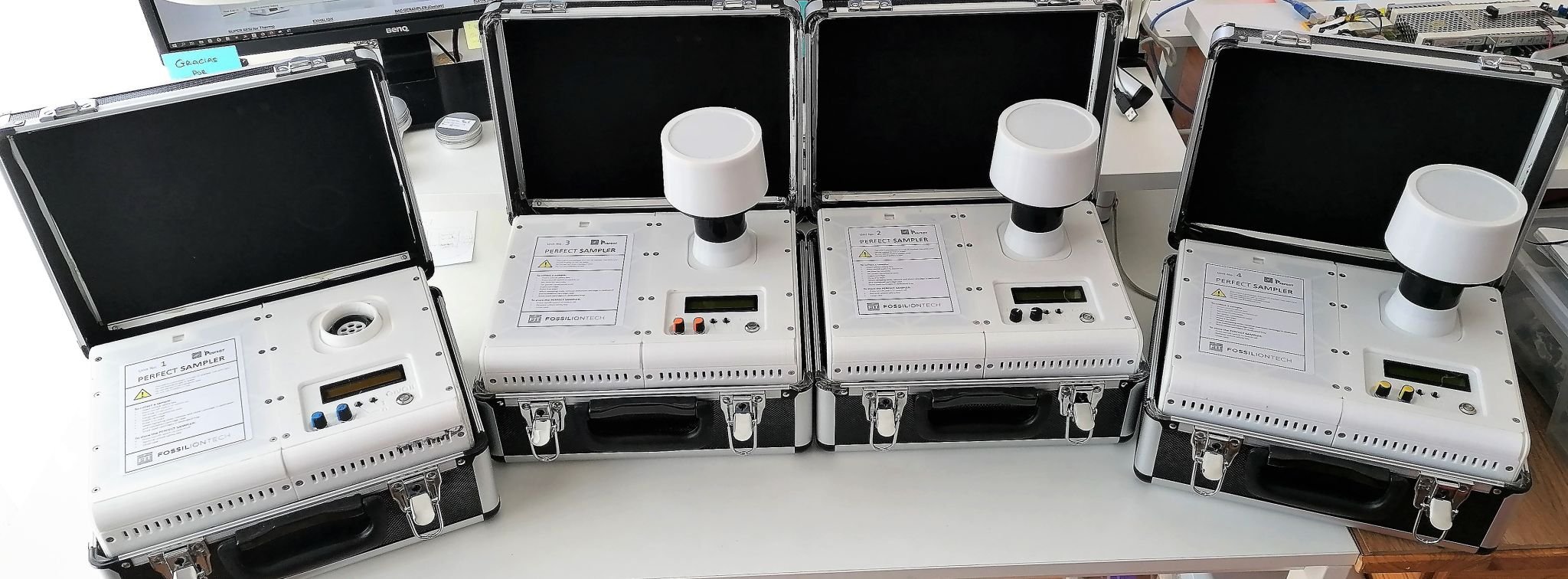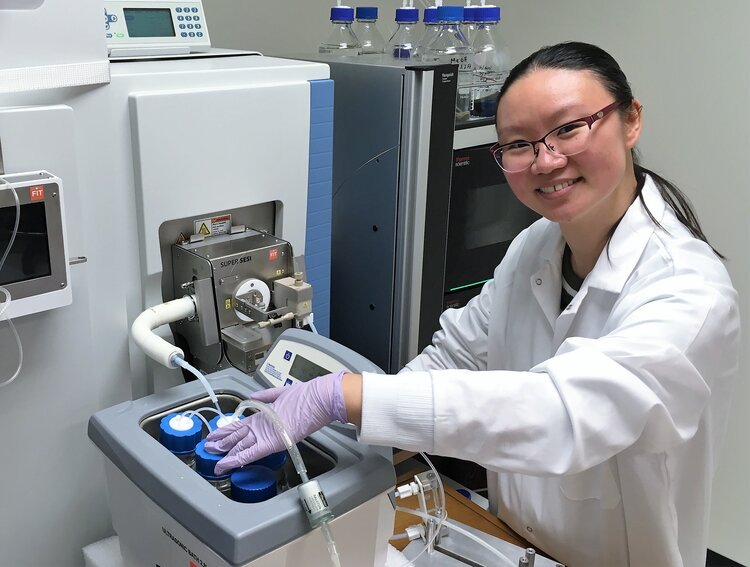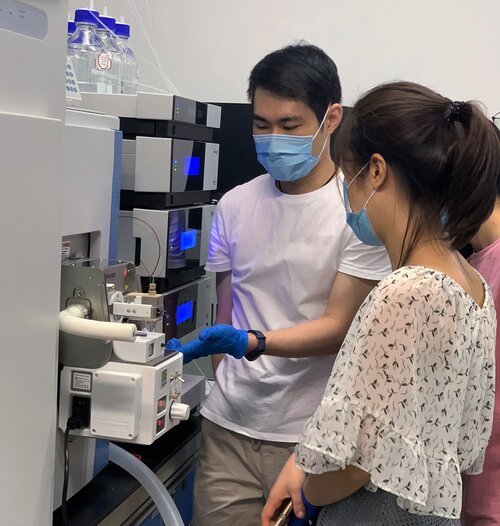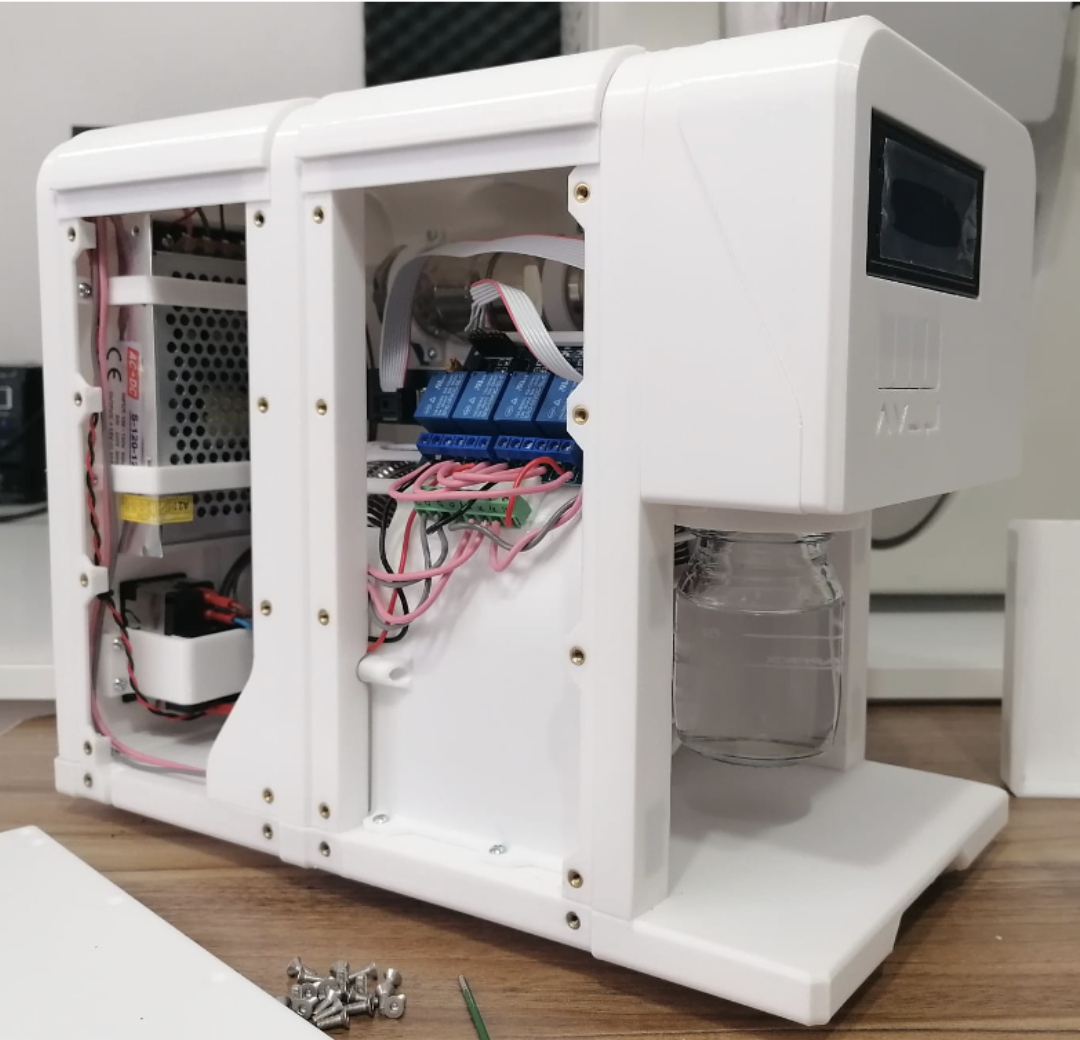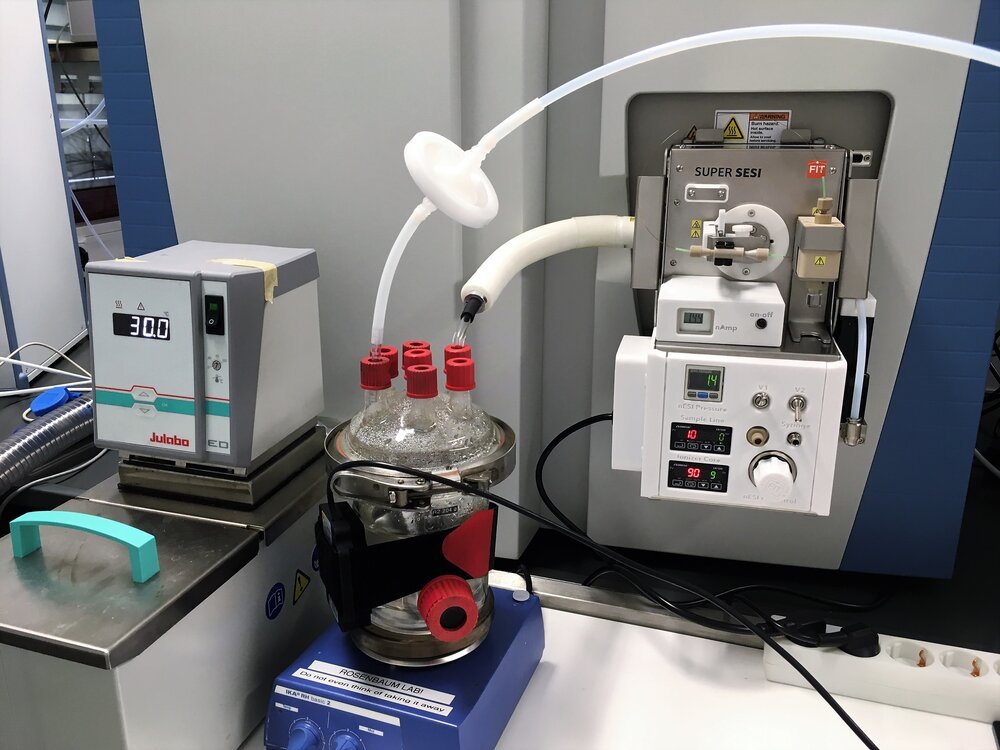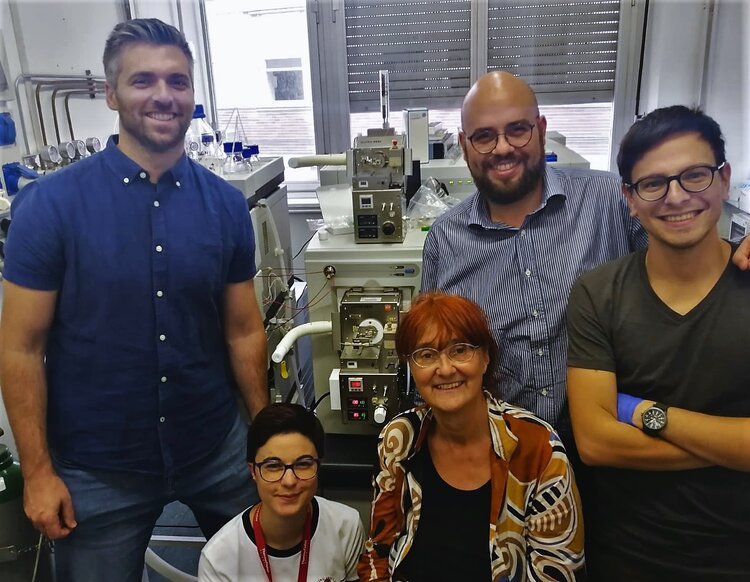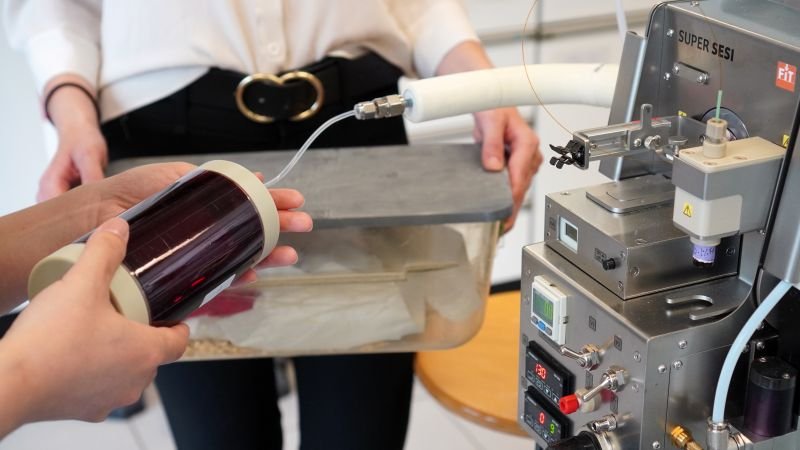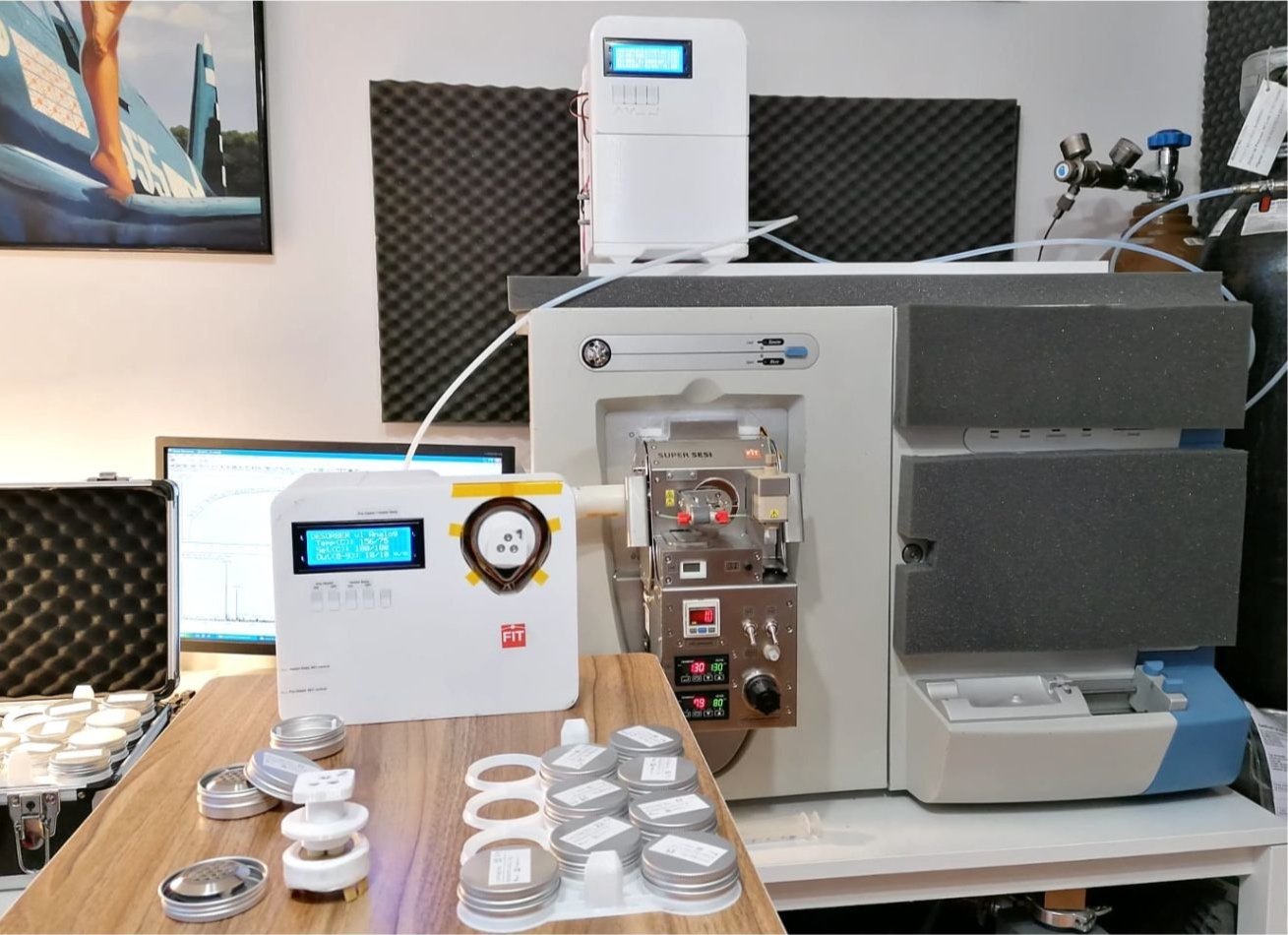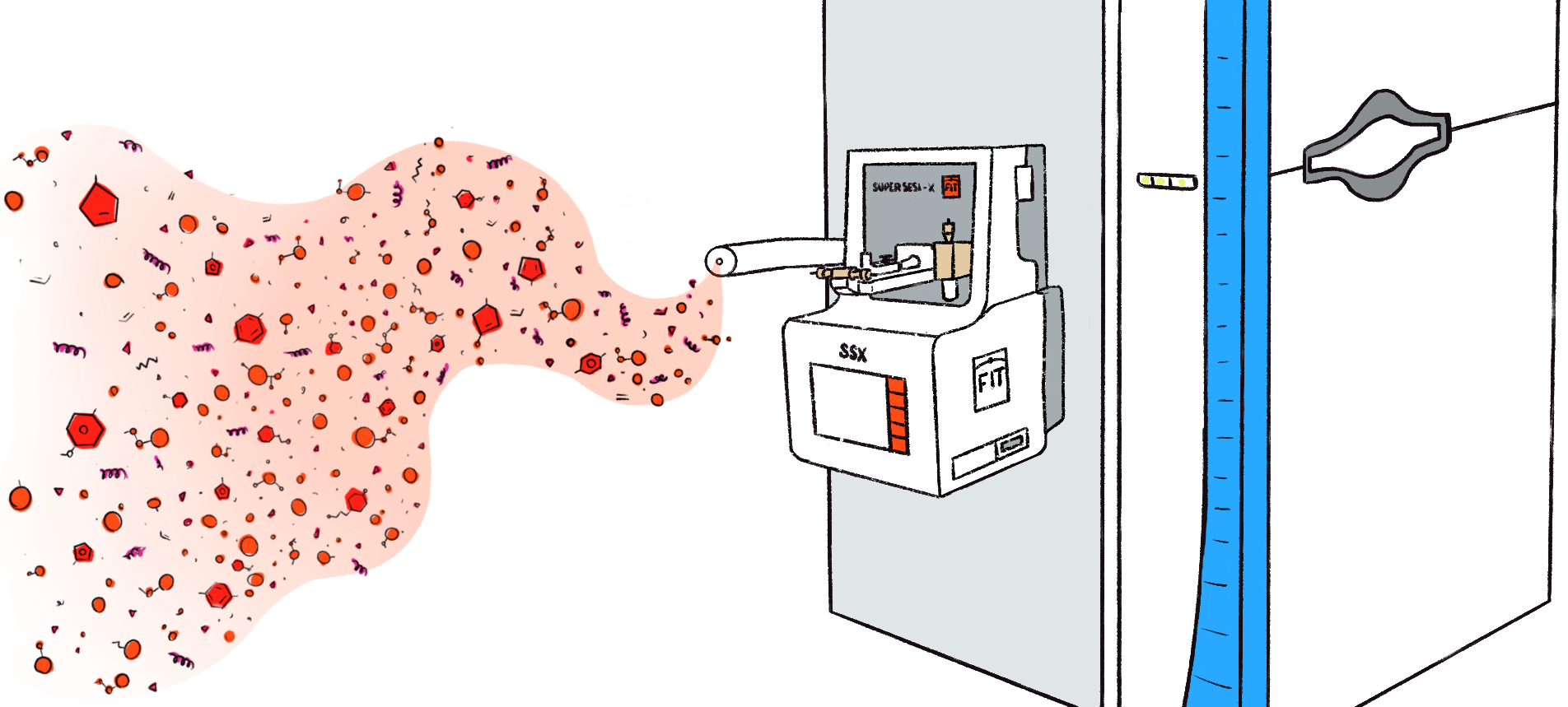
VOLATILOMICS
Resolving the time-dimension of your volatilomic studies
Non-destructive and real-time. Analysis with SESI-HRMS represent the ideal procedure to unravel the volatilome.
The detection and study of Volatile Organic Compounds (VOCs) and other semi-volatile particles (endogenous or exogenous metabolites, proteins, viral particles, drug metabolites, or aromatic compounds) emitted or presented in different systems can reveal remarkable information about their state.
SESI-HRMS has been successfully applied in multiple applications, including breath analysis, animals and plants VOCs emissions, analysis of headspace of cell cultures and indoor and outdoor air. The range of areas where the technique can potentially have a substantial impact is very broad.
Biomarker discovery with SESI-HRMS technology.
Our aim is to provide biologically relevant data in real-time. We achieve this by measuring large molecules, which are usually more specific as biomarkers, and therefore also more relevant for clinical diagnosis. But this molecules tend to have very low-volatility and low concentration, so detecting them could be challenging.
Why SESI is ideal for large molecules?
1. Because of the advantages of ionizing at atmospheric pressure:
Turbulent losses and condensation losses are eliminated, which means that more quantity of the sample reaches the ionization area. As the adiabatic cooling and the acceleration of the molecules is happening after the ionization process (instead of at the entrance of the ionizer as it happens in low-pressure operating systems) it can be controlled and solved by electric fields.
The velocity of the charge transfer reaction is much faster. It scales with the concentration of the vapors and the charging ions, which go with the pressure in the ionizer. At room pressure (10^3 mBar), the velocity of the charge reaction is 10^6 times higher than at 1 mBar.
High performance Electrospray - MS systems are optimized to transfer and desolvate heavy ions from atmospheric pressure into their vacuum side.
2. Because it uses a nano-spray as a source of primary ions, and it means that:
Better Limits of Detection. The ionization efficiency of the nano-spray is very high because the concentration of charging agents near the nano-jet is extremely high.
The resultant spectra is very clear. Because there are no high-energy ions at any point, no fragmentation will occur. This makes easier the result analysis.
How does SUPER SESI work?
The nano-electrospray produces charging agents at high concentration.
Charge is transferred from protonated clusters to the vapors and nano-aerosols via Charge Transfer Reactions and Field Charging Effects.
Charged vapors and nano-aerosols are desolvated, transferred into the vacuum side of the MS, and analyzed.
Why is it important to analyze with High-Resolution Mass Spectrometers (HRMS)?
One of the strengths of using HRMS for analysis of volatile and semi-volatile organic compounds relies on the large number of metabolites that can be processed, which allows the generation of extensive libraries of mass to charge features, that can eventually lead to the development of validated biomarkers.
best ionization + best ion analysis = best results
Why is it important to analyze in real-time?
Real-time SESI-HRMS analysis prevents the risk of introducing artifacts associated to sample manipulation and exposure of the volatiles to high temperatures during extended periods of time. In addition, it can be crucial to capture changes in VOC emission.
Thanks to the real-time analysis, in the paper “Capturing in vivo plant metabolism by real time analysis of low to high molecular weight volatiles” published by Dr. Sinues et al. we can see the time-related traces for β-caryophyllene [C15H24]+ and indole [C8H7N]+, that illustrate a typical diurnal and nocturnal pattern.
Key Applications
Animals:
Using SESI-HRMS we can analyze animal emitted VOCs (breath, skin, or bio-fluids), which can carry very useful information about their state. This procedure is advantageous because:
The sampling is minimally invasive or non-invasive.
There is no or little restriction on sampling volume and frequency.
Real-time monitoring of processes.
Some applications:
Drug Pharmacokinetics
Biomarker discovery
Metabolism monitoring
Check out some of the peer-reviewed paper published about this topic:
Food and aroma:
SESI-HRMS is a non-destructive, real-time method that needs no sample preparation to assess food safety, quality, and even the region of origin of some specific products. Also, it represents a great option for detecting contaminated food and assuring food safety, which is especially important to ensure public health. Some applications in this field:
Food contamination
Food fraud
Traceability
Aroma profiling
Check out some of the peer-reviewed paper published about this topic:
Microbiology:
The study of the emitted VOCs present in the headspace of cell cultures (bacteria, viruses, different kinds of cells, etc.) can have many applications in the microbiology field, such as:
Identification of the organism present in the cell culture.
Monitoring different stages of cell culture growth.
Target specific metabolic pathways with isotopic labels.
Study metabolic responses to drugs, stressful stimuli, or other specific conditions.
Check out some of the peer-reviewed paper published about this topic:
Plants:
Plants interact with their surrounding environment releasing chemical cues. This chemical response of plants occurs in the form of emission of volatile organic compounds (VOCs), that can be analyzed using SESI-HRMS. Some of the applications in the field are:
Monitoring of plant metabolism
Metabolic response to different stimuli
Check out some of the peer-reviewed paper published about this topic:
Ambient:
Trace detection in clean-rooms.
Environmental monitoring of harmful compounds.
Check out some of the peer-reviewed paper published about this topic:
Customer Success
Dr. Prof. Jangjiang Zhu - The Ohio State University, Ohio, USA.
“Our results suggested that the optimized SESI-HRMS method can be suitable forthe analysis of VFAs from gut microbes in a rapid, sensitive, and non-invasive manner.”
Dr. Prof. Patrik Španěl - J. Heyrovsky Institute of Physical Chemistry of the CAS, Prague, Czech Republic
“The SSX ion source is surely a masterpiece of state of the art engineering. Full understanding of the ion chemistry occurring between the ESI generated ions and VOC molecules inside will be an interesting challenge to tackle.”
Dr. Hendrik G. Mengers - RWTH Aachen University.
“Sampling is not only unhelpful for a PhD-students work/life balance but also disturbs the bioreactor and risks introducing contaminants. With the SESI-Orbitrap MS we measure the unused off-gas online. The machine tracks over 200 metabolites every second. Acetaldehyde, as an example for highly volatile metabolites was detected hours earlier in SESI-Orbitrap MS compared to our GC-FID method.”
Dr. Prof. Renato Zenobi - ETH Zurich, Switzerland
“When SESI is combined with state-of-the-art mass spectrometers, low limits of detection (pptv) are achievable without any sample pre-concentration. We exploit this feature in our lab in a number of projects which require fast mass spectrometric analysis of vapors at trace concentrations.”
Dr. Prof. Xue Li - Jinan University, Guangzhou, China.
“IAV infection induces a cascade of metabolite alterations, some of which are excreted via the skin and breath to the ambient air. Such IAV-induced odor traits could be captured by SESI-HRMS by simply dragging the air surrounding the infected mice into the analyzer. The process is non-invasive and rapid, as it requires no sample manipulation.”
Dr. Prof. Pablo Sinues - University Children’s Hospital Basel, University of Basel, Switzerland
“We use SESI-HRMS to sense exhaled molecules at minute concentrations. Since the analysis requires no sample-preparation or manipulation, the diagnostic result can be obtained nearly in real-time. This technology is especially well suited for children due to its non-invasive nature”
